Premium Only Content
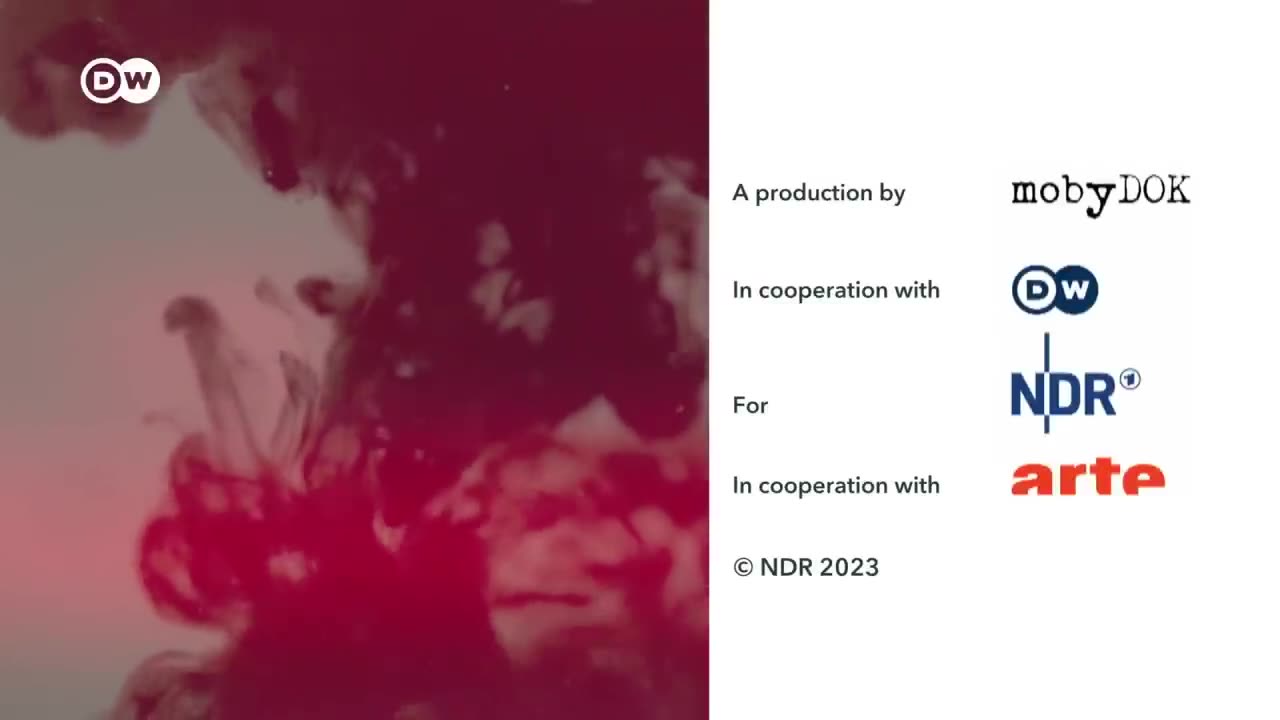
The blood shortage and the quest for artificial blood
Five to seven liters of blood flow through a human being’s veins. There are eight billion people on Earth. You’d think there’d be enough to go around for transfusions, for example, but blood is always in short supply. So how about we make some?
Over the course of their lifetime, two out of three people will need a blood transfusion. Manufacturing artificial blood would solve several problems at once: address the blood shortage issue, minimize the risk of disease transmission and provide sufficient blood for all blood groups, including the rarest.
But we’ve already been here once before, at a point where we thought we’d found the Holy Grail. That was in the 1960s. A time when all over the world, people believed a chemical substance -perfluorocarbons - was the key to meeting the global demand for blood. It was thought that before long, artificial blood would be available in every hospital. But in the end, things turned out to be much more complex.
"Every blood cell has its own, crucial function. It’s practically impossible to try and replace all of it at once," explains immuno-biologist Romy Kronstein-Wiedemann from Dresden’s Technical University. That’s why scientists have been attempting to copy individual elements of our blood, for example the platelets that are so important in the formation of clots.
"The body is the best bioreactor," says molecular biologist Constanca Ferreira de Figueiredo. That’s why the platelets’ precursor cells that she’s designed continue to develop in the body. Researchers in Dresden are creating red blood cells in the lab. In France, a super-efficient oxygen carrier has been found in the mudflats: a worm. If we’re hoping to substitute just a part of our blood at least, could this creature be the answer?
-
 24:58
24:58
Law&Crime
6 hours ago $0.56 earnedSecond Note Leaves Disturbing Clues in New York City Killings
15.2K5 -
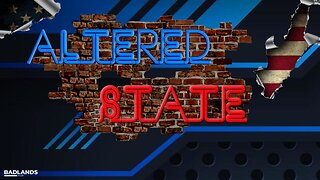 1:36:57
1:36:57
Badlands Media
22 hours agoAltered State S3 Ep. 39
43.8K9 -
 2:04:07
2:04:07
Due Dissidence
11 hours agoCharlie Kirk's GAZA LIES, Caitlin Clark Stalker, Palantir Goes Hollywood - w/ Kyle Matovcik | TMWS
18K4 -
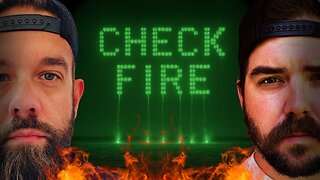 LIVE
LIVE
I_Came_With_Fire_Podcast
12 hours agoAmerica First, Trump Threatens China, Your Friendly Neighborhood Illegal, EPA Gets a "W"
352 watching -
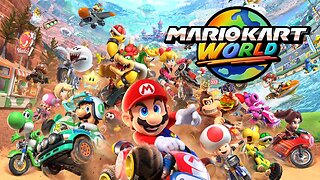 LIVE
LIVE
Geeks + Gamers
3 hours agoGeeks+Gamers Play- MARIO KART WORLD
157 watching -
 8:28:19
8:28:19
Dr Disrespect
12 hours ago🔴LIVE - DR DISRESPECT - BATTLEFIELD 1 - FULL GAME
161K7 -
 1:39:26
1:39:26
Glenn Greenwald
7 hours agoStephen Miller's False Denials About Trump's Campus "Hate Speech" Codes; Sohrab Ahmari on the MAGA Splits Over Antitrust, Foreign Wars, and More | SYSTEM UPDATE #495
105K50 -
 1:57:28
1:57:28
Omar Elattar
8 hours agoThe $300M CEO: "The One Skill That Made Me Rich In 15 Different Countries!"
16.8K -
 LIVE
LIVE
xXFadedAngelXx
3 hours ago180 HOURGLASS PULL! Wisdom of Sea and Sky (Pokemon TCG Pocket) Then some RL with Meditayte later
12 watching -
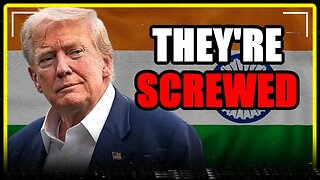 8:14
8:14
MattMorseTV
8 hours ago $0.72 earnedTrump just DROPPED the HAMMER.
20.2K22